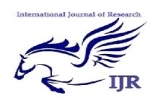Sorry vegetarians, this post is still for you to go through. Did you know or remember that the world most liked post of Instagram was for an image of an egg posted on 4th January 2019, which set the world record is now at 54.5 million likes, and it is still growing. White or brown eggs, when we have them for breakfast or in cakes or several other recipes, we know that eggs are good for health, bodybuilding and it acts as a vital source for daily body requirement. But what exactly is an egg? It’s a cell overall, with the zygote, which fertilizes later if it is under the necessary condition.
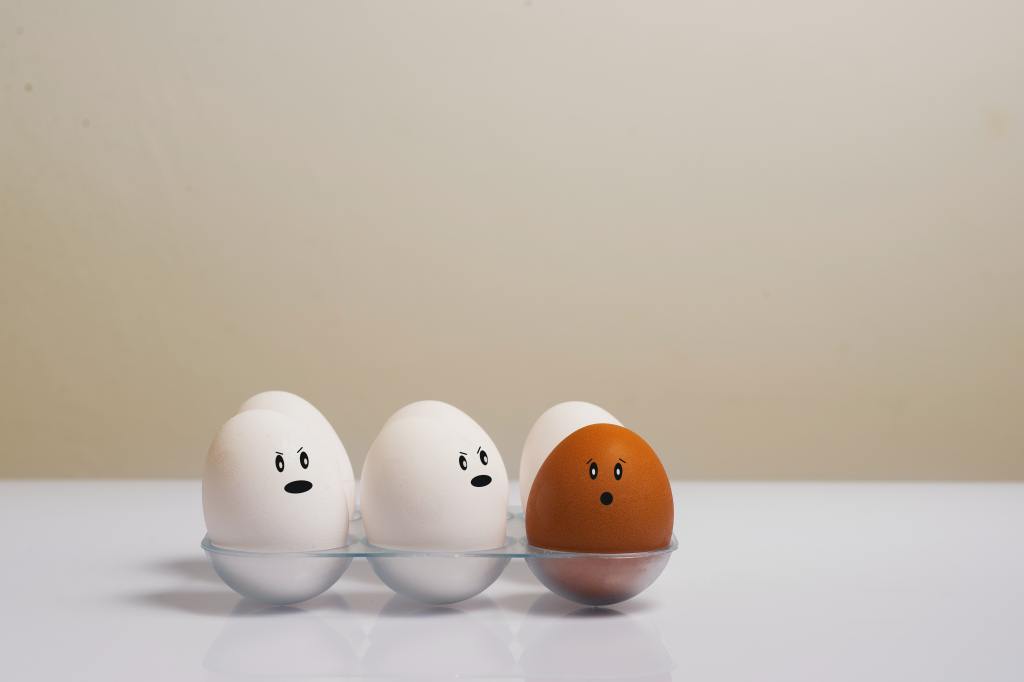
Okay, concluding to the actual topic, what’s all about the second-largest egg? The giant egg ever recorded was of a 1,000 year-old extinct flightless elephant bird at Madagascar. The recently discovered egg is a 66 million-year-old egg laid by an ancient reptile. Let’s uncover the mystery about it. The egg found as a fossil at Seymour Island, Antarctica. It may look like a deflated football, and the size is considerably huge, with the dimensions 28 cm by 18 cm kept at the National Museum of Natural History, Chile.
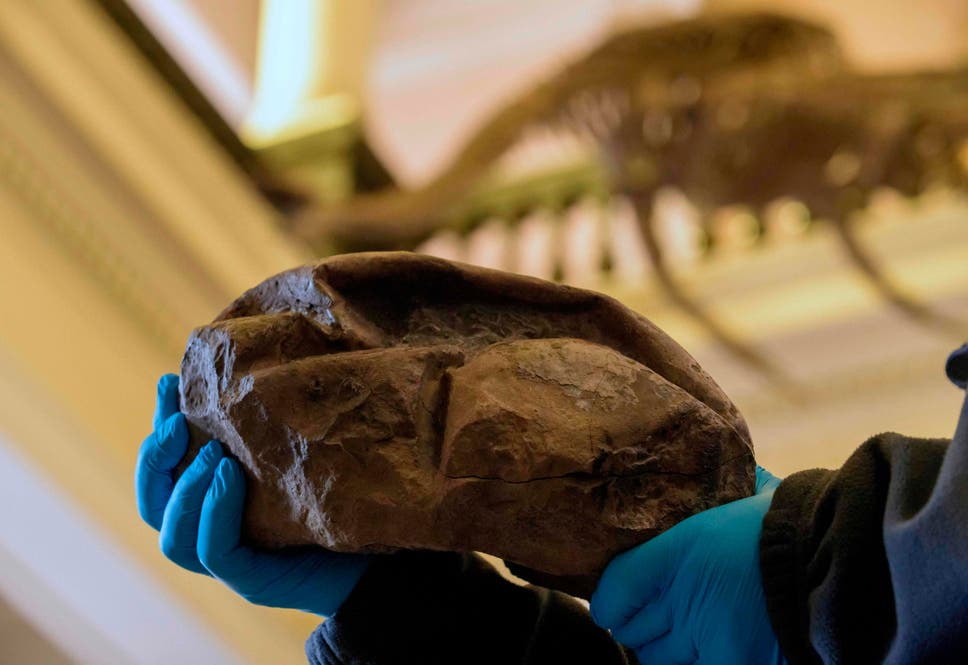
Nicknamed as “The Thing,” the most giant soft-shelled egg, also being the first fossil egg found in Antarctica, is said to be of a mosasaur (marine lizards) or the long-necked plesiosaurs. The egg-to-body size ratio of 259 modern reptiles made as a part of a comparison with existing records concluding that the animal should be more than 20 feet long, excluding the tail.
The shocking fact to the scientist was that these animals were viviparous; that is, they give birth to young ones, but it wasn’t in this case. This egg found way back in 2011, but Julia Clarke, an enthusiast in the field of bird evolution and the dinosaurs, came across this egg in 2018 when she visited the museum.
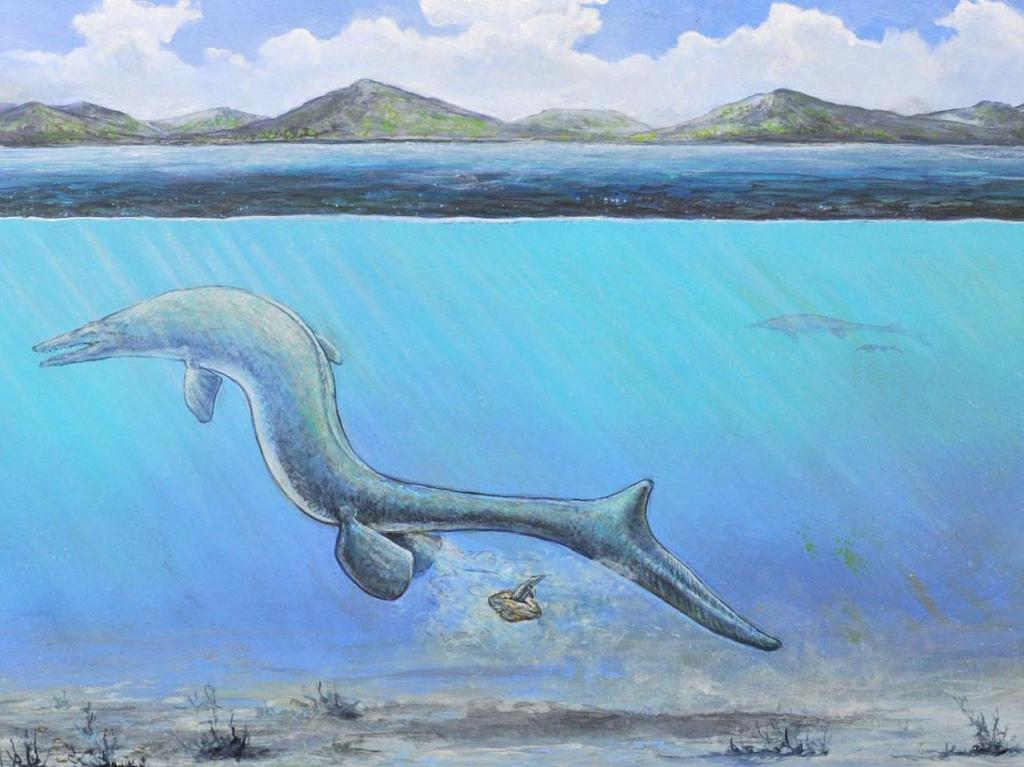
There is no proper evidence of how the eggs got laid, but the researchers have two contending ideas. Birth of a new organism occurred while eggs got hatched in the open water, similar to some species of sea snakes or else reptiles leaving the eggs on a beach as sea turtles do. But conflicting to the approaches, giant marine reptiles were too hefty, and they won’t be able to support their body weight on land. So, the creatures may have to twist their tail on the shore while staying underwater.
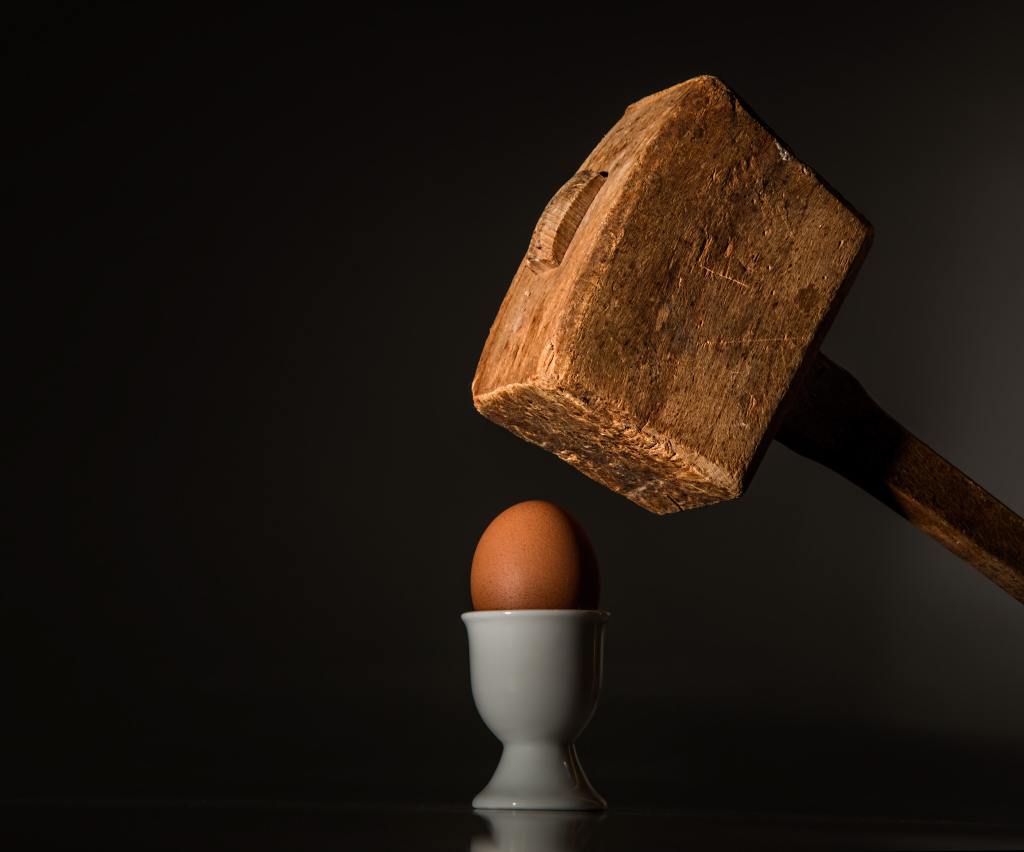
Well, that’s all about one of the oldest eggs ever discovered. Today the egg we consume is comparatively tiny. Still, it is rich in protein of about 13 grams per 100 grams. It is a source of livelihood for many poultry farmers. Breaks as we hit, or if it falls by mistake, the shell isn’t that strong. A small science tip, next time, try holding an egg in your hand and crush it from the top and the bottom. Comment if it breaks, but I won’t be responsible for the messy smell. Similarly, you can motivate yourself to be that strong and survive for a longer time like the recently researched egg did.
